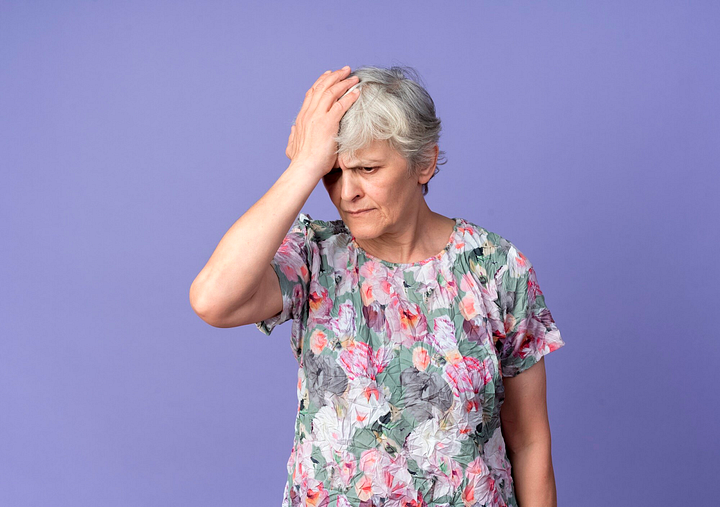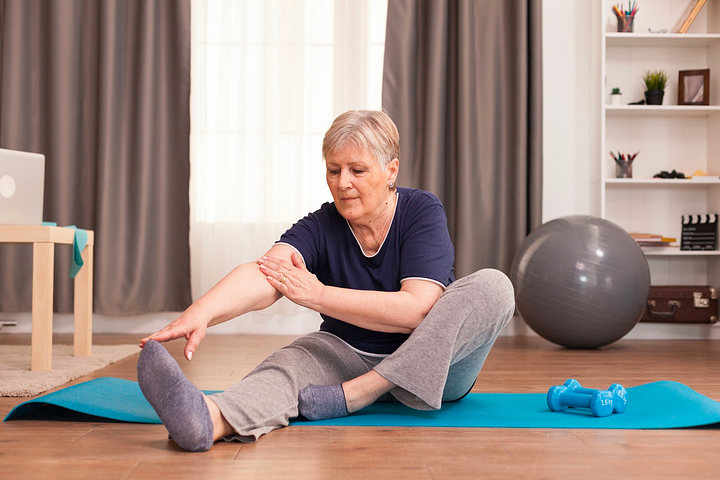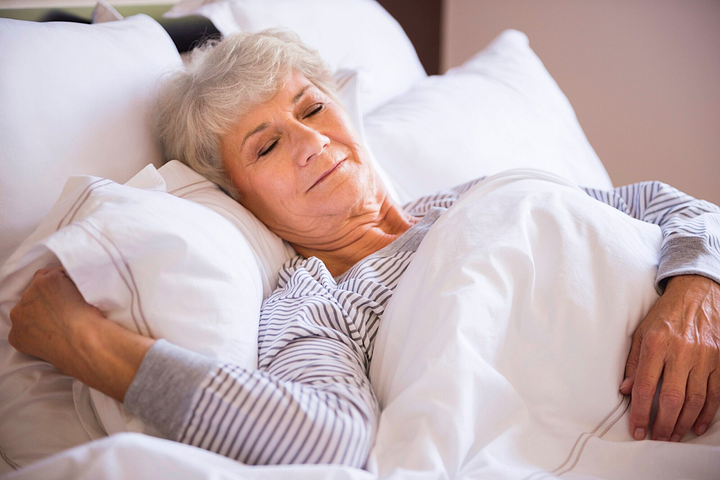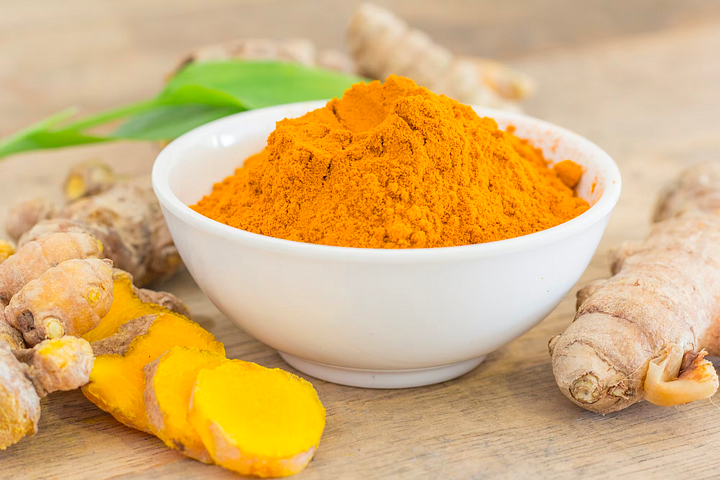Migraines are debilitating, affecting millions of people globally and often leading sufferers to turn to medications like Imitrex or Effexor for relief.
However, these medications come with potential risks, such as a significant increase in stroke risk, making it imperative to explore alternative, holistic approaches.
Here are common questions regarding migraines:
- “How do migraines increase risk of stroke?”
- “What is the best alternative medicine for migraines?”
- “What are non-pharmaceutical interventions for migraines?”
- “What is the best new migraine preventative?”
- “What is the most effective migraine preventative?”
In this guide, I share eight potential alternatives to harmful medications, drawing from real experiences, such as those of a family member who successfully navigated severe migraines without resorting to medication.

1. Lifestyle Assessment: Draining the Migraine “Bucket”
The first step in managing migraines is a holistic assessment of one’s lifestyle.
Imagine your body as a bucket, and various factors as drops filling it up.
Bad foods, toxicity, allergens, compromised immune systems, poor blood flow, and lack of exercise contribute to the overflow, leading to migraines.
Identifying and eliminating these triggers is crucial.
This lifestyle approach is like other daily practices, like brushing your teeth or wearing retainers. The key is making consistent, mindful choices.

2. Tailored Nutritional Changes
Given that everyone’s body is unique, the next step involves making tailored nutritional changes.
Whether you lean towards vegetarian, carnivore, keto, or paleo diets, the focus is on following specific guidelines.
The goal is to empty the metaphorical migraine bucket by addressing individual dietary triggers.
My free Make Food Simple book can walk you through these dietary changes, empowering you to take control of your health.

3. Incorporating Movement: 10-Minute Workouts
Optimizing blood flow is crucial in migraine management, and incorporating movement is key.
I recommend a simple yet effective 10-minute workout routine consisting of bodyweight exercises.
This approach acknowledges that not everyone enjoys or can consistently go to the gym.
The emphasis is on making movement accessible, even from the comfort of one’s home.
Additionally, specific frame exercises, focusing on rehabilitating the upper neck, play a vital role, particularly the alar ligament exercise.

4. Posture and Sleep Support Aids
In order to address the physical aspects of migraine management, I’d suggest using posture and sleep support aids.
These sleep and posture aids provide practical solutions.
For instance, molding rolls placed behind the neck while sleeping help maintain the proper neck curve.
Lumbar support aids are recommended for use at work because they can help prevent strain on the back of the neck.
These aids are designed to be versatile, accommodating both home and work environments.

5. Nutritional Supplements: Omegas + Turmeric and Energyze
There are specific nutrients and herbs that can be crucial in the holistic approach to migraine relief.
I recommend my Omegas + Turmeric for its anti-inflammatory properties, which are crucial in supporting a normal inflammatory response in the body.
Studies have shown that 1500 milligrams of a quality omega-3 fish oil and turmeric can be as effective as aspirin or ibuprofen in reducing pain.
My Livingood Daily Electrolytes + Energyze contains electrolytes, taurine, d-ribose, and high-dose vitamin C, all of which can contribute to supporting heart health, healthy blood flow, and overall migraine prevention.

6. Consistent Stabilization: A Daily Commitment
It’s important to remember that the holistic approach to migraine relief is a daily commitment.
Stabilizing lifestyle, incorporating movement, and utilizing aids for posture and sleep should become part of daily routines.
7. Addressing Specific Trigger Factors
Given that migraines can have diverse triggers, you may want to include additional support for specific scenarios.
For those with allergy-related triggers, taking an Allergen Support is recommended.
Similarly, individuals experiencing hormonal migraines might find relief through Metabolic or Hormone Support.
These supplements are additional tools you can use to customize the holistic approach based on individual needs.
Conclusion: A Comprehensive Journey
In conclusion, overcoming migraines without resorting to harmful medications is a comprehensive journey encompassing lifestyle changes, nutritional adjustments, exercise routines, posture aids, and targeted supplements.
Drawing from personal experiences, this holistic guide offers practical, sustainable alternatives to traditional medications.
The overarching message is one of empowerment — you can take charge of your health by understanding your body’s unique needs and adopting a holistic, preventative approach to migraine relief.
In embracing these alternatives, individuals can navigate the challenges of migraines with a focus on overall well-being, minimizing the risks associated with certain medications and potentially paving the way for a healthier, migraine-free future.













